Flooring Options in Clayton Homes
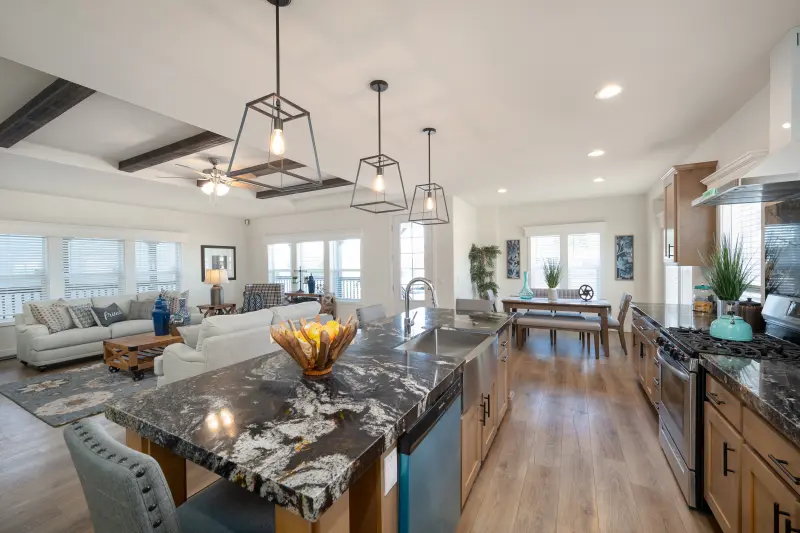
At Clayton, we care about the details in our homes, including the floors! Learn more about what flooring options manufactured and modular homes have to offer.
Floors are an important part of a home. In addition to continual traffic through the day, they have to be able to hold up to spills and messes, muddy paws, playtime and more. So many paths are tread on your floors, from a parent rocking a newborn in the late hour to their child’s first steps, from dancing in the living room with your partner to shuffling to the kitchen for that first cup of coffee.
Clayton homes are built from quality, durable materials from trusted brands to make sure they’re both stylish and long-lasting. And our floors are no exception. We offer resilient vinyl or linoleum flooring, tile and Shaw® carpet in a variety of styles and finishes to help you personalize your home. Let’s explore some of our options below.
Vinyl or Linoleum Rolled Flooring
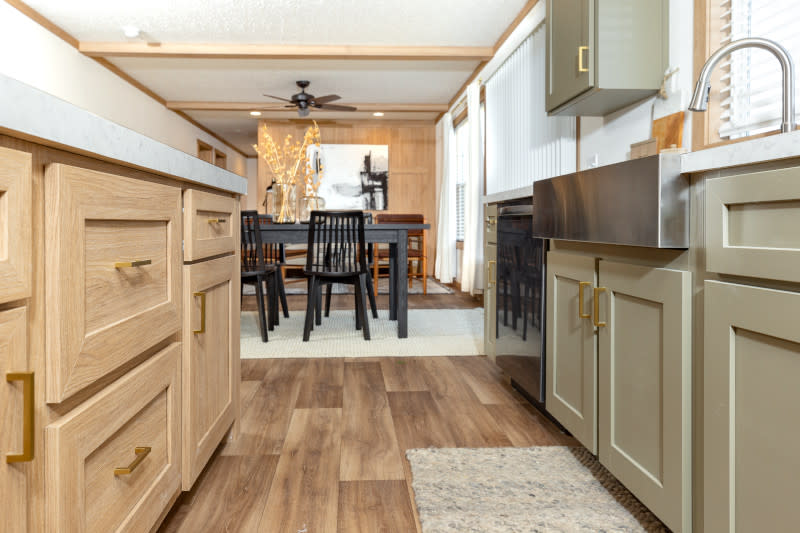
Vinyl and linoleum are both popular choices because they are not only durable but can also come in so many design and color options. From the look of marble tile to reclaimed wood, vinyl or linoleum rolled flooring can give you a high-end feel at affordable costs. Plus, they are easy to maintain and clean.
Luxury Vinyl Planks
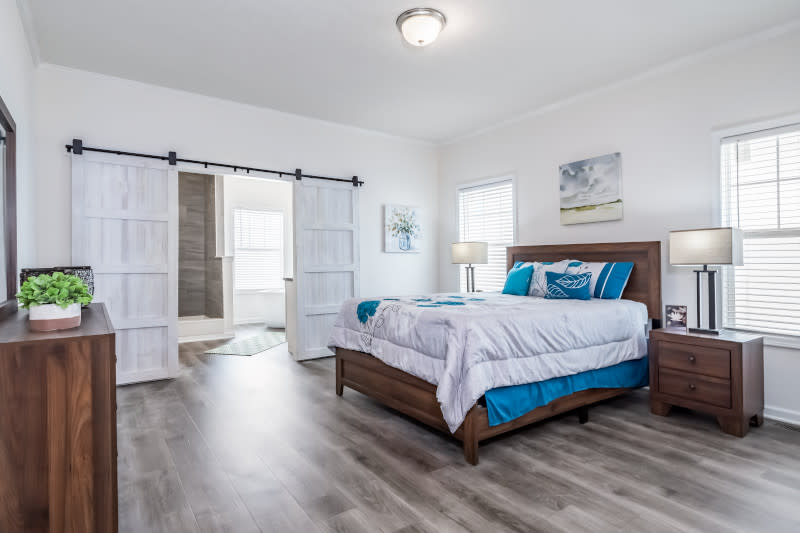
If you like the look of traditional hardwood floors but want something that’s more water resistant, luxury vinyl planks give you the best of both worlds. Constructed of multiple layers of plastic and padding, these textured planks are comfortable and have the weight and look of wood. Vinyl planking, like rolled flooring, can come in various “stains,” so whether you want the more sun-bleached farmhouse style or a warmer modern design, this wood flooring alternative has options to fit your home.
Tile
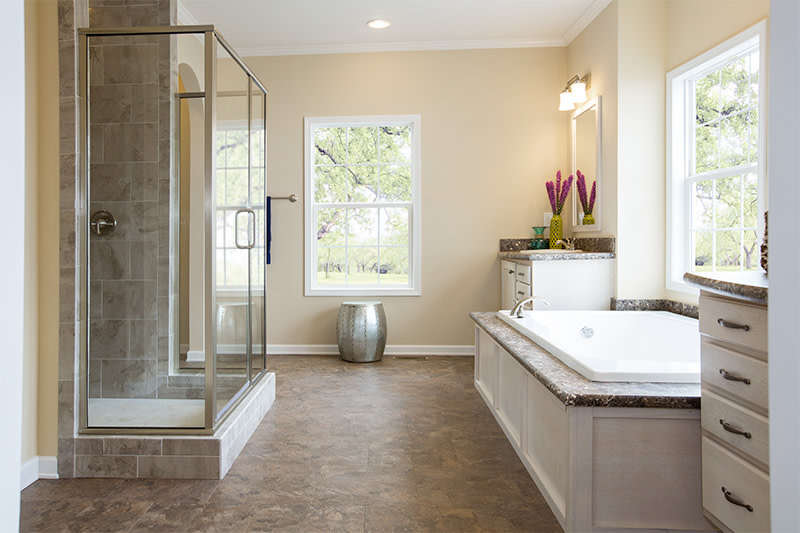
Depending on which building facility will be constructing your new home and the home model, tile may be an option. If it’s available, you’ll typically find it in the home’s kitchen, bathrooms and utility room (the places where spills are more likely to occur) because of its long-lasting, resistant design. Tile also has a classic look that can really elevate a room, and it’s easy maintain by giving it a little extra attention when you’re cleaning the grout.
Carpet
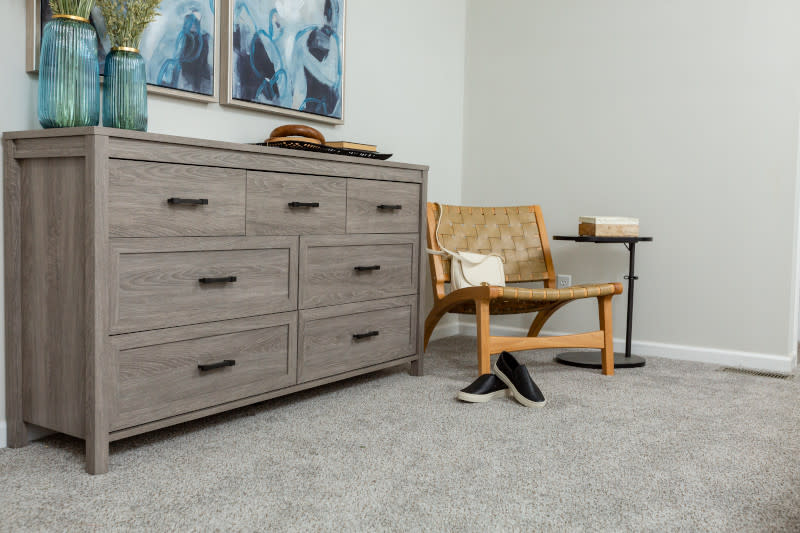
There is nothing like the feeling of sinking your toes in soft carpet before getting out of bed. We use Shaw® carpet in our homes to give you that soft, luxurious comfort that can also stand up against everyday mileage. The carpet is treated with Shaw’s R2X® stain and soil resistance, making stains one less thing to worry about.
Your flooring options and the styles they come in will depend on the specific home model you choose and the building facility that is manufacturing it. And with so many homes to choose from, it’s easy to find one with the flooring you love along with many other beautiful features you’ve been looking for. Ready to see what homes near you have to offer? Search our Clayton models today and be sure to make a favorites account to save the ones you like so you can share them with family and your local home consultant.
Are you ready to find your dream home?
Start shopping now or find a home center in your area to learn more about Clayton Built® home options.By entering your email address, you agree to receive marketing emails from Clayton. Unsubscribe anytime.
© 1998-2025 Clayton.




